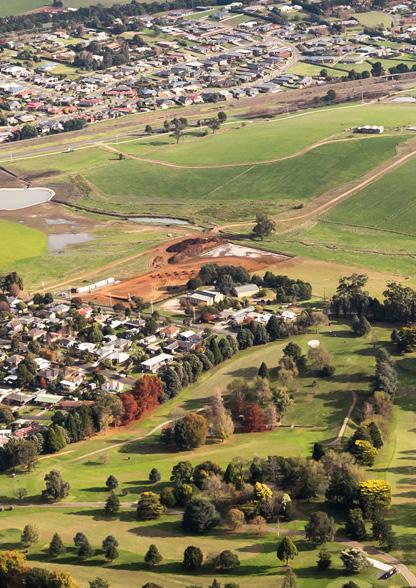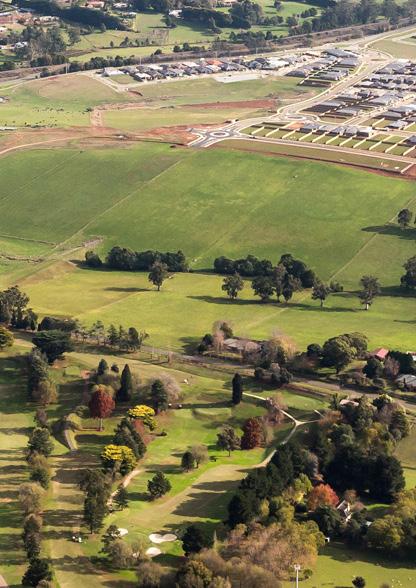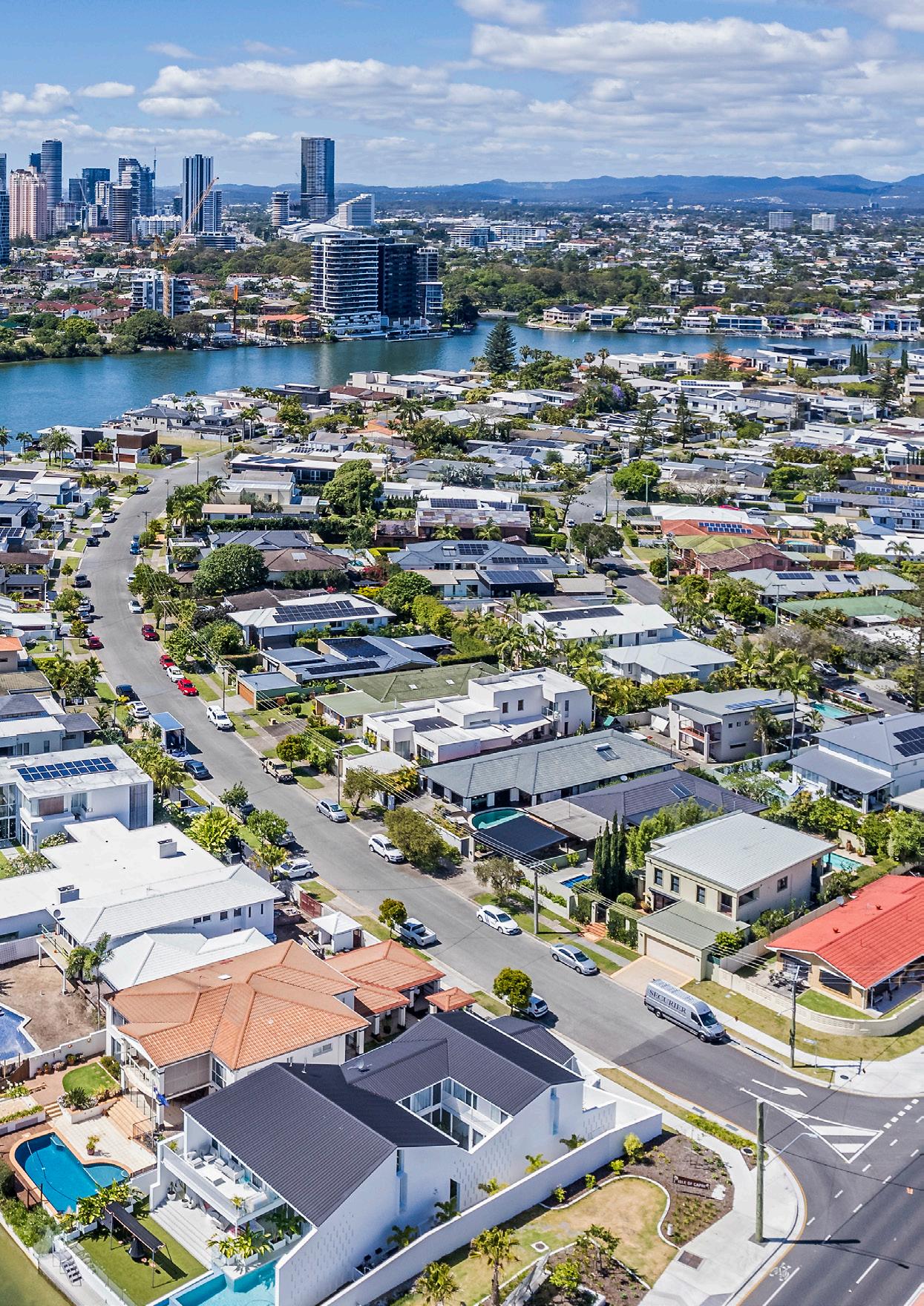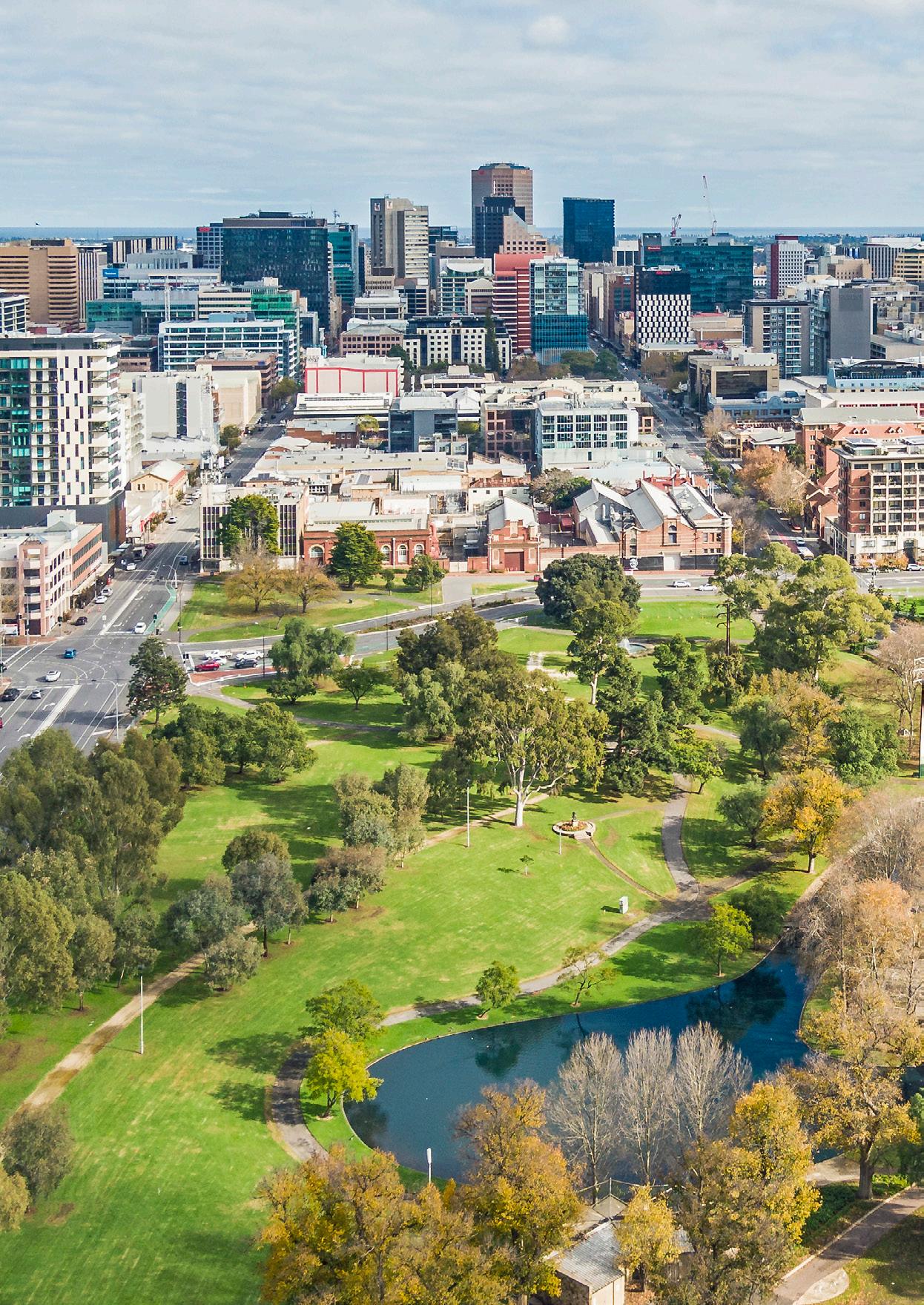




The Victorian residential land market continues to face challenging conditions.
This market continues to be impacted by rising supply (both in established and off-the-plan markets) along with the challenge of aligning purchaser expectations with affordability for first-home buyers.
Further to this, higher interest rates, cost of living pressures, and the slowing economy are impacting household budgets.
A new equilibrium point in the Victoria land market is expected in the coming 12 months as the pull forward of COVID-19 sales unwinds and supply and demand dynamics begin to normalise.
Ongoing issues in the construction industry, including changes to the regulatory environment, continue to impact new residential markets. While building cost escalation has slowed, it continues to rise and, more recently, has been driven by increased regulatory costs associated with the National Construction Code, labour supply shortages issues and wage increases.
Sales volumes increased slightly in the June quarter in Victoria (in part due to the pull forward of demand as a result of changes to the National Construction Code); however, they continue to hold near their lowest level for many years.
Gross prices have moderated from recent highs across many metropolitan and regional Victorian markets. Incentives and rebates have become increasingly widespread and are expected to remain in place for some time.
In specific corridors, we are seeing pent-up demand starting to build.
SouthEastQueenslandcontinuestoseestrongbuyer activitydespiteamarginalfallrecordedinthequarter. Additional stock coming to market has been quickly absorbed, highlighting significant pent-up demand. In Adelaide, volumes moderated from recent highs, although they remain above long-term averages. Despitehighlevelsofenquiriesandsignificantdemand, restricted supply during the quarter resulted in fewer sales.
In South East Queensland and Adelaide, gross prices experienced strong growth over the quarter and reached new peaks during the June quarter.
Looking ahead, various factors will influence the outlook for the new residential land market.
Buyer confidence and activity will be partly shaped by their views on potential interest rate movements and the impact of state and federal government cost-of-living stimulus packages.
Slowing inflation, followed by the eventual easing of interest rates and recently announced tax cuts, should provide some support to households.
South East Queensland and Adelaide will likely remain strong over the short term. As more stock becomes available, we expect volumes to remain elevated, with potential upside likely for both markets.
Over the medium to long term, we expect a sustained recovery in sales volumes.
Even the most optimistic forecasts suggest that Australia is expected to fall far short of the nationally agreed target of building 1.2 million new homes, suggesting that the ongoing housing crisis will likely worsen before it improves.
Ultimately, the recovery in sales volume is expected to be led by strong pent-up demand once buyer affordability has been restored.
Our Quarterly Market Insights (QMI) report examines key indicators to anticipate market trends and assess the outlook. We analyse past and present market performance to identify future directions. We are committed to providing leading market insights, forecasts and in-depth Australian residential property market analysis.

1.0 National Highlights

2.0 Victoria
Higher interest rates, cost of living pressures and relatively higher taxes (compared to many other state and territory jurisdictions) remain key challenges for Victoria’s economy.
According to the Australian Bureau of Statistics estimates, unemployment in Victoria has increased and is currently at its highest level since late 2021 (4.5% in June 2024). Public and business investment should boost the economy, but unemployment will likely rise over the next few months despite the current pipeline of projects.
Population growth, even though it has peaked, continues to support economic growth and demand for housing.
Victoria’s population increased by around 186,500 people in the year ending December 31 2023. This was the most significant increase of all states and territories and higher than New South Wales (around 185,500).
Population growth was driven by (net) overseas migration (over 160,175) over the period.

Population growth... continues to support economic growth and demand for housing.
The median (gross) price of metropolitan Melbourne (conventional) lots decreased by 2.8% to reach $394,450 in the June quarter 2024.
Incentives and rebates are becoming more common, with more generous discounts over the past year, resulting in lower net prices.
Incentives typically range between 5-10 per cent of the advertised price, though they may differ between regional and metropolitan markets.
$450,000
$400,000
$350,000
$300,000
$250,000
$200,000
$150,000
Source: Oliver Hume. Sold conventional lots.

$600,000
$500,000
$400,000
$300,000
$200,000
$100,000
$0
The volume of Melbourne lot sales rose in the June quarter of 2024.
While volumes increased across all key markets during the quarter,the strongest growth was seen in Melbourne’s northern and south-eastern corridors.
Several regional markets also experienced an increase during the quarter, including Ballarat and the Greater Geelong region.
Pull forward of demand from various state initiatives, including changes to National Construction Code (NCC), was partly responsible for the increase over the quarter.
Volumes, however, remain well below long-run average levels and underlying demand due to affordability and serviceability constraints and lower levels of buyer confidence.
Time on Market
The average time on market in June (the time taken to sell lots from release) has retreated from the all-time high seen in the March quarter of 2024 (around 225 days). Nevertheless, time on market is expected to remain elevated until buyer purchasing power is restored.
New Residential Land - Average Time on Market (Days) - Metropolitan Melbourne Growth Area Municipalities
$449,000

The Victorian englobo land market is in a period of transition characterised by downward pressure on land values due to increased holding, construction, and labour costs along with the ever-changing planning/regulatory landscape.
Despite this, constrained land supply has helped stabilise values, and purchaser demand continues to steadily increase, buoyed by a gradual improvement in sentiment.
There has been increased activity from a range of buyer groups, including private investors and developers seeking strategic holdings across Melbourne’s growth corridors that are now taking the opportunity to capitalise on low supply where settlement terms remain favourable.
Market activity, particularly in smaller parcels of englobo land, continues to increase with growing demand for ready-to-develop parcels, including superlots, medium density and sites that can accommodate new residential products (including Residential Land Lease Communities).
Vendors have taken the opportunity to list ancillary sites in some regional areas to the market (including the Greater Geelong region), to assess the demand and depth for non-metropolitan englobo land
Restrictive financial conditions are constraining the supply ofnewdwellingsbyaddingtothecostof construction and contributing to increased uncertainty for large-scale investors and developers.

Peter Vassallo
Lenders, including both bank and non-bank institutions, continue to prefer shorter-term, development-ready, or actively progressing land projects that offer enhanced sales visibility and flexible release schedules, minimizing the risks associated with planning delays, cost escalations, and increased holding costs
The retail end of the residential land market is showing signs of stabilisation. Sales volumes have stabilised and are expected to improve gradually over the medium term
Site values for developments will likely remain stable in the immediate future but could increase in the future as interest rates decline and the housing shortage worsens.
Despite these challenges, the medium to longterm outlook for the Victorian development site market remains robust.
Australia is experiencing a significant shortage of new housing, and although estimates differ, the shortfall could exceed 260,000 homes by mid-2029, further worsening the ongoing affordability and housing supply crisis.
Policy and planning must ensure that new land is delivered to address this significant housing shortage by supporting greenfield developments that provide affordable housing for new communities.

... purchaser demand continues to steadily increase, buoyed by a gradual improvement in sentiment.
3.0 Queensland

Queensland’s economy remains resilient despite the impact of higher interest rates and inflation.
The state’s unemployment rate has moderated slightly after edging higher over the last year, it remains at historically low levels (4.0% as of June 2024 on a seasonally adjusted basis).
Population growth has been a key driver of growth. Queensland’s population increased by around 141,400 people over the year ended December 31, 2023 (up 2.6% to over 5.5 million).
High levels of overseas migration (almost 88,000 people on a net basis) and strong interstate migration (almost 31,600 people on a net basis) drove the strong population growth results over the period.
Many factors, including strong population growth and solid commodity exports, are expected to support Queensland’s economic development.

Queensland’s economy remains resilient despite various challenges including higher interest rates and inflation.
New residential land (gross) prices grew to a new record high in the June quarter of 2024 after a quarter of slight moderation from the previous record high ($380,640 from $342,850).
Despite higher interest rates and inflation, land prices across the broader South East Queensland market remain much higher than levels observed throughout 2023.
South East Queensland’s relative affordability and diversity of stock being offered are critical competitive advantages of the market.
South East Queensland Median Gross Land Price
$390,000
$370,000
$350,000
$330,000
$310,000
$290,000
$270,000
$250,000
Land sales volume remained high in the June quarter of 2024, consistent with previous quarters. Although there was a slight decrease due to limited availability of new stock, sustained robust population growth and a steady overall supply helped maintain high sales levels.
South East Queensland Residential Land Sales–Quarterly
Median Lot Size
The median size of lots transacted across the broader South East Queensland market moderated slightly in the June quarter of 2024 (to 420 sqm).
The size of lots transacted over the last year has remained relatively stable, given the continued supply and robust demand for lots sized between 400 sqm and 500 sqm.
South East Queensland Residential Land Median Lot Size (sqm) - Quarterly
4.0 South Australia

South Australia’s economy has recently shown robust performance, outpacing other states in several key areas, including economic growth, unemployment, and construction work.
However, like other regions, it faces potential challenges due to rising interest rates and inflation pressures that could impact future growth.
South Australia’s housing market has seen a resurgence in activity, with both price growth and turnover increasing in the first half of 2024.
Adelaide recorded a 15.4% increase in dwelling value over the financial year ending June 2024.
South Australia’s unemployment rate remains around record lows (3.9% in June 2024 on a seasonally adjusted basis).
Population growth remains a key driver of the State’s growth.
South Australia’s population increased by around 30,222 people over the year ended December 2023 (up 1.7% to reach over 1.86 million).
Net overseas migration (up over 28,501 people over the year ended December 2023) drove the strong population result.
The Housing Roadmap will provide a significant boost and is part of a broader suite of reforms. These reforms include cutting taxes for home buyers, reversing the long-term decline in public housing, streamlining planning approvals, and reforming the rental market.

South Australia’s housing market has seen a resurgence in activity, with both price growth and turnover increasing in the first half of 2024.
Prices
Greater Adelaide median residential land (gross) prices rose in the June quarter of 2024 (up 3.8%) to reach $285,300 (up 17.4% over the year).
Residential land price growth has been driven by Adelaide’s relative affordability and growing housing shortage (Adelaide has one of Australia’s lowest capital city vacancy rates).
Greater Adelaide Median Gross Land Price
$290,000
$280,000
$270,000
$260,000
$250,000
$240,000
$230,000
$220,000
$210,000
$200,000
Over 593 new residential lots were sold in the Greater Adelaide market in the June quarter of 2024.
The volume of sales decreased from the previous quarter (634) due to a reduction in the amount of available stock on the market
The median size of lots transacted across the Greater Adelaide market increased (475 sqm) in the June quarter of 2024.

07 3216 1666

Level 24, Tower 3 300 Barangaroo Avenue Sydney, NSW 2000
1300 881 780
COAST Suite 5B, Emerald Lakes Town Centre Commercial 3027 The Blvd, Emerald Lakes Carrara QLD 4211 P. 1300 645 433